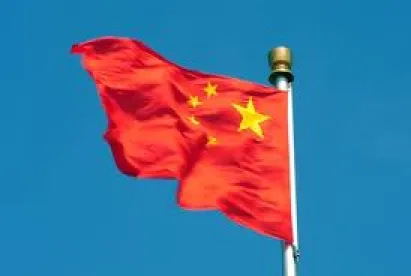Section 14 of the Anti-Monopoly Law of the PRC (“AML”) clearly regulates retail price maintenance (“RPM”), and RPM definitely is on the radar of the AML authorities for investigation and penalties. Enforcement against Maotai Liquor in 2013 proved that enforcing compulsory retail prices may cross a redline with the authorities in China. Recent enforcement and civil cases in 2013 and 2014 should also alert all multinational companies to double-check and improve their AML compliance system.
Does Indirect “Punishment” of Retailers that Violate Pricing Policy Result in AML Exposure? (Luxury Car RPM Enforcement case)
In 2014, the automotive industry became the focus for AML investigations and enforcement. Following the investigation and enforcement of the National Development and Reform Commission (“NDRC”) against twelve Japanese car component suppliers for cartel behavior, regional branches of the NDRC launched investigations into the luxury car retail network in China. These luxury car brands and their retailers eventually received AML penalties.
The penalty amounts were relatively small compared to previous price-fixing cartel cases. But a notable statement released in the decisions addressed the question of potential exposure to an AML violation if a supplier uses non-monetary punishment to discipline a retailer that disobeys its pricing policy.
In the Shanghai NDRC’s investigation of one of the luxury car manufacturers, it found that the supplier had given indirect punishment to those retailers announcing lower resale prices through “freezing resources to distribute”, including intentionally delaying the supply of popular cars or refusing to provide trial cars. The Shanghai NDRC ruled that such an indirect penalty policy is illegal RPM conduct and thus violates the AML.
These enforcement cases gave a clear signal: certain internal pricing policies and penalty mechanisms may be deemed violations of the AML if they are enforced against retailers.
Does a Retailer Involved in a RPM Agreement have a Right to Sue a Supplier for an AML Violation? (Johnson Medical Instruments v. Beijing Rui Bang Yong He)
In the summer of 2013, the AML civil dispute history reached a milestone where the first RPM civil dispute involving both multinational and domestic companies was decided by a provincial level high court in an advanced region. The dispute was between plaintiff Beijing Rui Bang Yong He and defendant Johnson Medical Instruments. The plaintiff sued for harm from RPM conduct even though the plaintiff was a party to the RPM agreement. This civil dispute resulted in two judgments: the Shanghai High Court rescinded the first instance judgment by an intermediate court and found the defendant liable for its RPM conduct and resulting harm.
This milestone judgment confirmed one important aspect of RPM analysis that is important for future disputes and AML investigations. The court expressly ruled that, even if the plaintiff was a party to an RPM monopoly agreement with the defendant, its right to sue for RPM remains.
The Shanghai High Court commented that monopoly agreements are usually difficult to discover or investigate unless they are reported or disclosed by an inside party. For this reason, the judge explained that if the AML did not allow an inside party to bring AML litigation, it would be very difficult to punish such illegal monopolistic conduct. Therefore, although the plaintiff signed an alleged RPM agreement, it was still allowed to bring civil litigation against the defendant for a violation of the AML.
This judgment should raise a red flag for many multinational companies, as retailer networks need to be prudently managed and monitored in order to minimize legal exposure for RPM disputes.
This milestone case also made clear that RPM agreements are not automatically per se conduct under the AML but will apply an analysis of “whether it eliminates or restricts the market competition.” This means that any plaintiff in an RPM case under the AML has the burden of proving that RPM negatively impacts competition. In the U.S., this would be known as Rule of Reason analysis. Whether Chinese courts will apply this analysis in a similar way remains to be seen.



 />i
/>i
